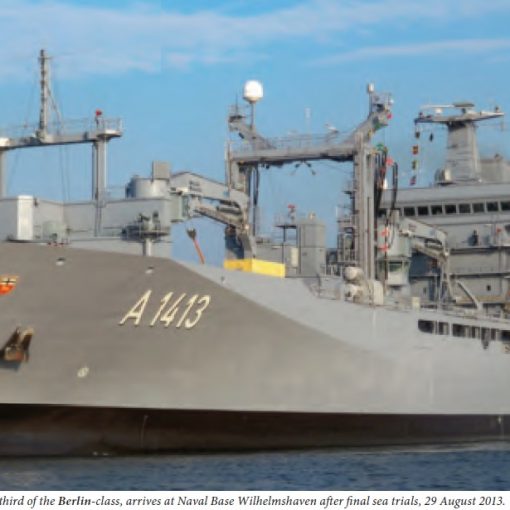I recently came across the Australian Strategic Policy Institute [ASPI] Special Report Issue 31, dated 31 May 2010 and entitled Naval gazing: The future of Australia's naval shipbuilding and repair sector. (You can download a pdf of the document from the ASPI website here.) The report does a good job of summarizing the Australian debate on naval shipbuilding and repair by presenting a number of papers from the different levels of government, industry and the Defence Materiel Organization (DMO) and the results of a subsequent workshop of stakeholders. The report should inform Canadian discussion. The proposed Australian fleet expansion is conservatively estimated to cost Aus $60B with Aus $200B in through life support, which is comparable to plans proposed to modernize the Canadian federal fleets.
The build program to support the fleet expansion called for by the 2009 Australian Defence White Paper is still under development. What the future holds for the Australian naval shipbuilding industry is not clear. The issues raised in this Special Report should be of particular interest for anyone following the discussion on the future of Canadian Shipbuilding.
The Australian DMO identified the increasing difficulty of growing and retaining a skills base to support complex projects, such as the Air Warfare Destroyer (AWD) and Landing Helicopter Dock (LHD). DMO also expressed some concern whether Australian industry has the capacity to meet the demand for new ship construction. DMO has initiated a reform in the ship repair and maintenance stream to provide the certainty and predictability necessary to define and maintain the infrastructure to support the fleet. The DMO paper inferred a four-fold tension characterizing the future:
- achieving best value for money;
- maintaining critical defence infrastructure;
- maximizing opportunities for Australian industry; and
- providing the navy with essential capability.
State governments in Victoria and South Australia made a pitch for building large ships in Australia and avoiding boom and bust cycles in shipbuilding.
BAE Systems Australia identified the shipbuilding program as a nation-building opportunity and called for the government to work with industry to match demand to capacity and to plan for long-term investment.
Austal Ltd, a successful Australian shipbuilder of high-speed aluminium vessels, offered an interesting viewpoint on the consequences of boom and bust in naval shipbuilding. Austal suggested caution about investing in a naval shipbuilding sector that would not be commercially viable in the long term without a sustained government commitment and direct fiscal support. Austal also expressed some concern that attempts to boost an uncompetitive sector would result in negative consequences for the existing, globally competitive shipbuilding industry because of market distortion and pressure on the skilled workforce.
Henry Ergas, an international specialist in regulatory economics and Senior Economic Adviser, Deloitte Australia, presented a case for building the future fleet on a strict value-for-money basis, arguing that although rigorous implementation of this approach would likely lead to a substantial increase of out-of-country involvement in construction and maintenance work, the overall impact on the Australian economy would be more positive.
Mark Thompson, Program Director for the Budget and Management Program at the Australian Strategic Policy Institute urged the federal government to do its homework with an analysis/evidence-based consideration of the issue, noting that the financial and strategic consequences of the decision are too important for decisions to be made in any other way.
The results of the ASPI workshop presented in the latter part of the report offer an insight on the issues of concern among participants, some of which were presented in the preliminary papers. Issues that may deserve exploring from a Canadian context include:
- The strategic value of shipbuilding and the importance of a sustainable industry;
- The difficulty of conducting international design comparisons
- The effect of significant market distortion in the global Naval Shipbuilding market on foreign acquisition of ships;
- The level of competition necessary to obtain value for money;
- The value, advantages, and disadvantages of continuous ship production models;
- Opportunities for risk reduction in capital projects;
- Mitigating risk - who should manage it and who owns it; and
- Arriving at a clear definition of ship requirement


